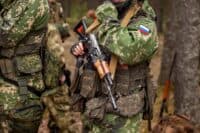
Blowing up things (and each other) is one of human beings’ favorite pastimes. In this article we list some of the most explosive substances people have ever invented. We’re not talking about mechanical inventions like grenades or nuclear weapons, but chemical compounds for industrial, agricultural, military, or research purposes. Unfortunately, all of them have potential for misuse, so we have also identified examples of accidents and terrorist acts involving these substances. If your job requires you to work with any of these, be safe!
Explosives have legitimate applications in agriculture, industry, and the military. Legitimate chemicals are particularly dangerous and require regulation because of their potential for misuse by terrorists. Check out: 2 Dividend Legends To Hold Forever and Discover “The Next NVIDIA”
Key Points
How Do the Military and Industry Choose the Right Explosive?
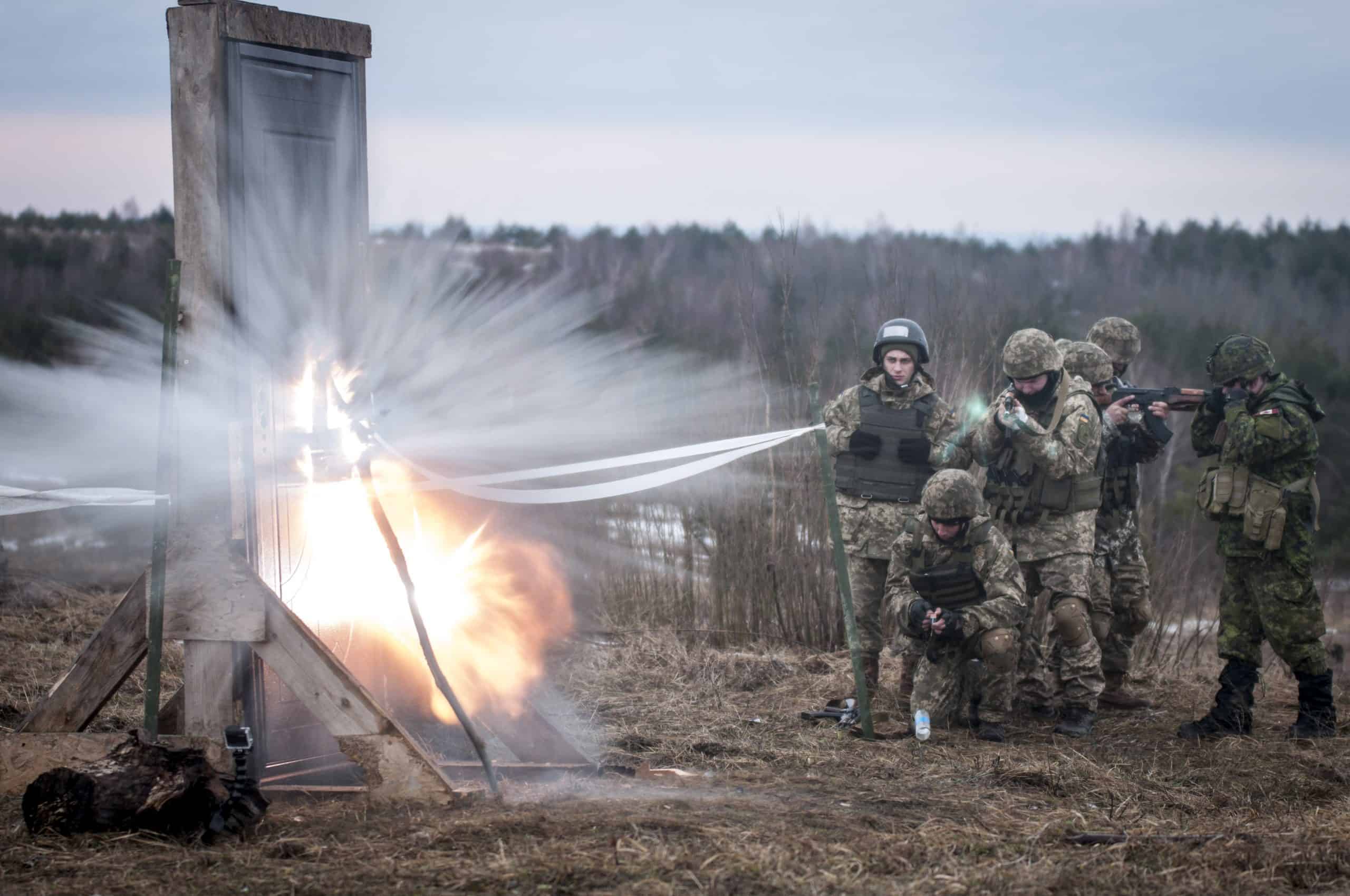
Explosives are typically used in mining, quarrying, demolition, earth-moving and military applications. Those who use them make decisions based on factors like:
- The purpose of the explosion.
- The size necessary to do the job, but not overdo it.
- The safety and stability of the explosive in storage, transportation, and setup.
- The operating environment, including humidity, temperature, terrain.
- Cost effectiveness, especially for private sector projects.
- The ability to control the blast and minimize collateral damage.
- Compliance with regulations for safety and environmental protection.
Here are some of the most powerful options available.
10. Lead Azide
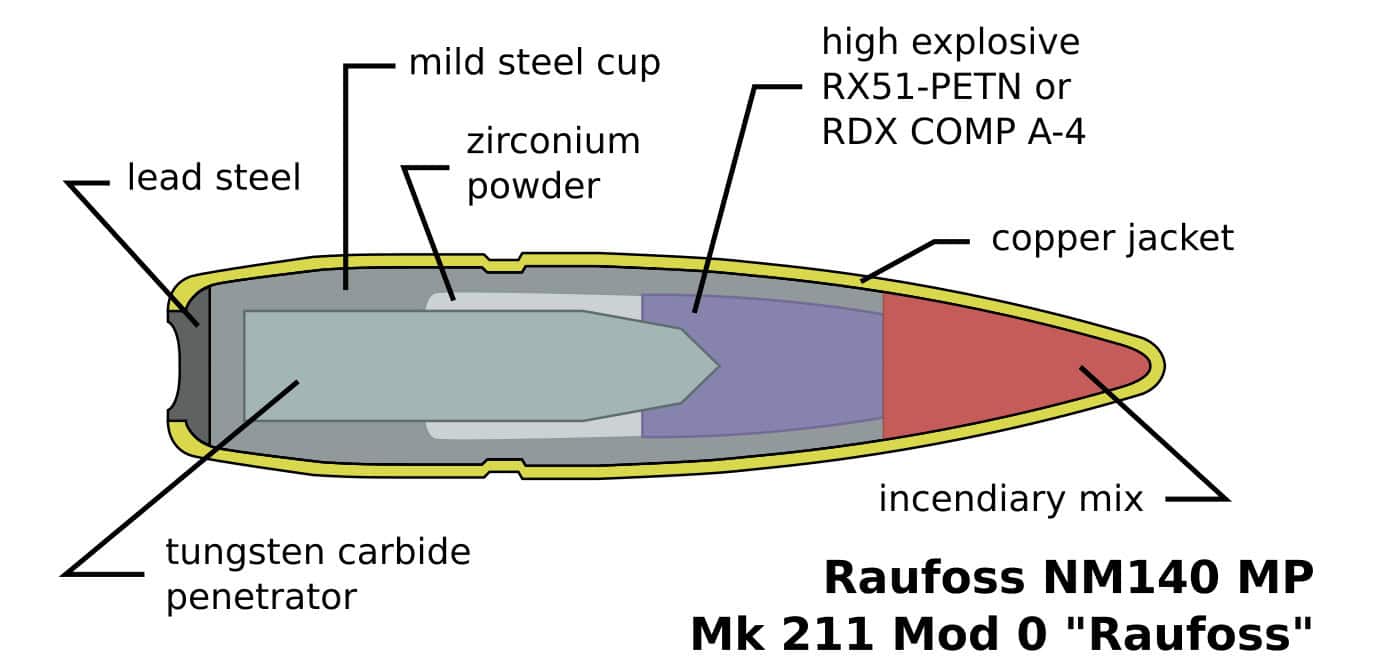
- Description: A white explosive powder made from a solution of sodium azide and lead nitrate.
- TNT Equivalent: 20%
- Detonation Velocity: 5,180 m/s
- Uses: It is highly sensitive, so it is often used as a primary explosive in detonators to set off a more powerful explosive for military and commercial applications, like construction, demolition, and mining.
- Misuse: John Hinckley, Jr. used explosive rounds made with lead azide in his assassination attempt on president Ronald Reagan. The round that hit the president did not explode, but press secretary James Brady was struck in the head by one and sustained lifelong disabilities.
9. Ammonium Nitrate Fuel Oil (ANFO)
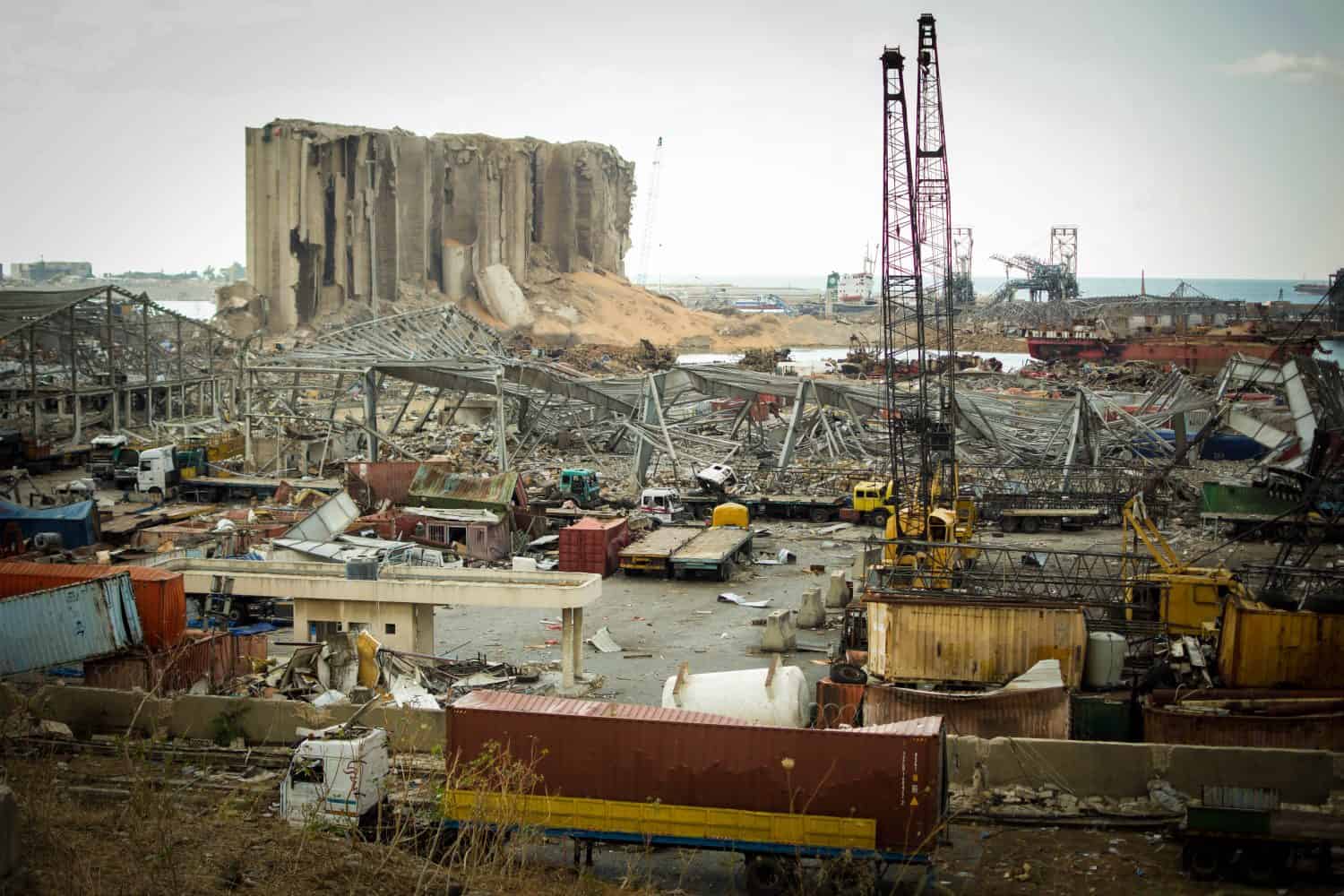
- Description: Ammonium nitrate is a white, crystalline salt made of ions of aluminum and nitrogen. It is mixed with fuel oil for mining and engineering projects.
- TNT Equivalent: 32%
- Detonation Velocity: 4,940 m/s
- Uses: Agricultural fertilizer, mining, construction.
- Misuse: In 2020, 3,000 tons of improperly stored ammonium nitrate exploded in a warehouse in Beirut with an explosive power of a small nuclear device, killing 200 people and injuring 6,000. It created a seismic wave equivalent to a 3.3-magnitude earthquake and the sound was so loud, people 145 miles away on the island of Cyprus heard it.
8. Dynamite

- Description: Invented by Alfred Nobel in 1866, the explosive component of dynamite is a stabilized form of TNT.
- TNT Equivalent: 60-100%
- Detonation Velocity: 7,000-8,000 m/s
- Uses: Construction, mining, demolition.
- Misuse: Dynamite is sometimes used in blast fishing to kill a school of fish. It is illegal in many parts of the world because it damages coral reefs and other supporting parts of the ecosystem and is inefficient, as only a small percentage of the fish float to the surface for collection. However, it is still legal in various southeast Asian countries.
7. Triacetone Triperoxide (TATP)
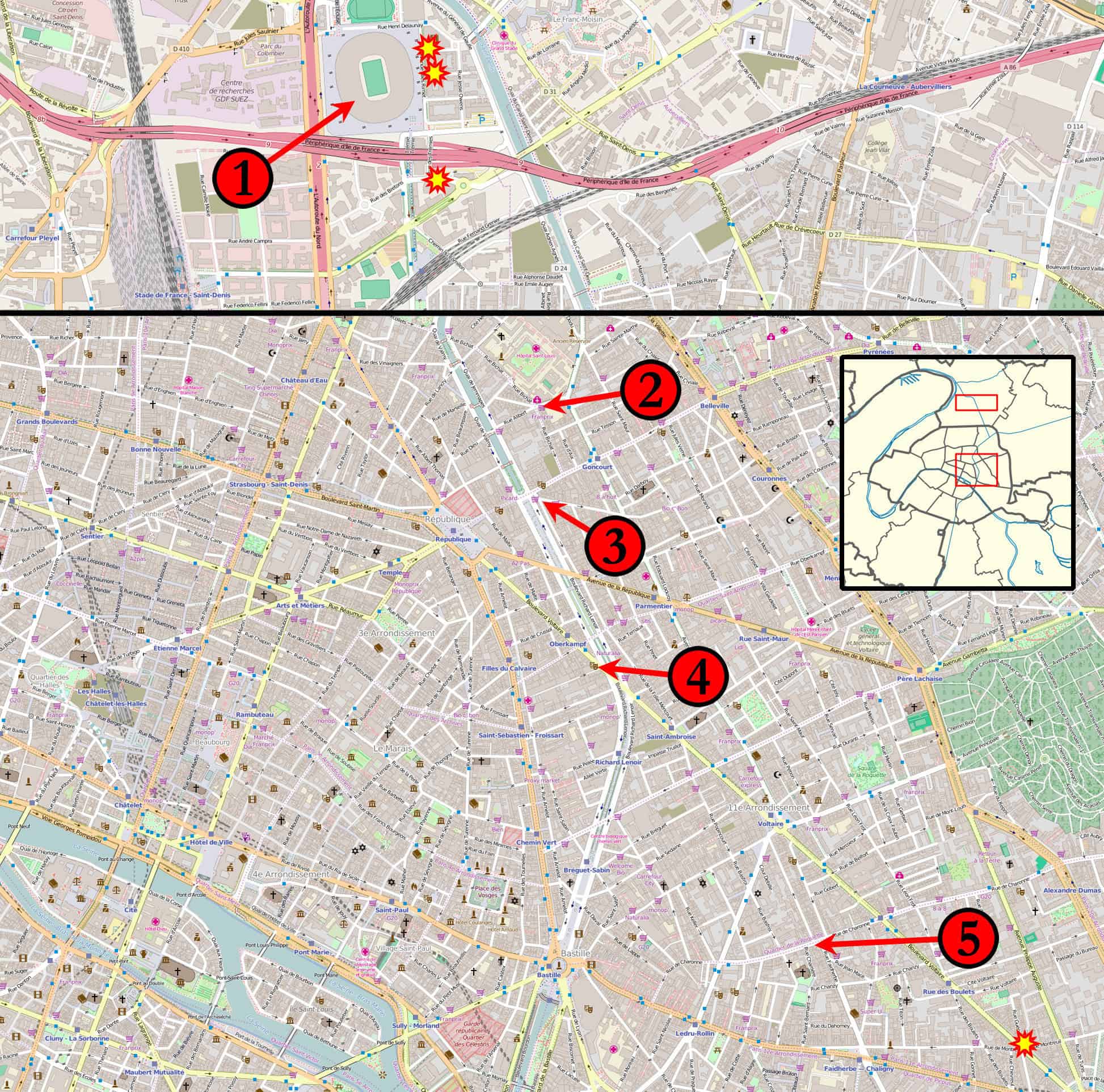
- Description: This is a sensitive, unstable compound almost as powerful as TNT. It is so dangerous it has been nicknamed the “Mother of Satan.”
- TNT Equivalent: 80-90%
- Energy Yield: 3,800-4,200 J/g
- Detonation Velocity: m/s
- Uses: TATP is not a preferred explosive for military or industrial applications because it is too unstable. It is most often associated with improvised devices made by terrorists. Because of its volatility, some who try to make and use it only succeed in blowing themselves up at home.
- Misuses: TATP was used by the ISIL terrorist organization in Paris in 2015. In 2017, a chemistry lab at Bristol University, UK, was evacuated when a doctoral student accidentally made TATP while doing an experiment. The substance was removed by authorities and destroyed in a controlled explosion.
6. Trinitrotoluene (TNT)

- Description: TNT is a yellow-colored solid with high explosive power and stability.
- TNT Equivalent: 100% (TNT is the benchmark used to measure the power of other explosives.
- Detonation Velocity: 6,100-6,900 m/s
- Uses: TNT is more stable and safer to handle than many other explosives, so it is one of the most popular for construction, demolition, and military applications.
- Note: In the 1995 Oklahoma City bombing, terrorist Timothy McVeigh used TNT and explosive fertilizer chemicals to destroy a federal office building, killing 168 people.
5. Composite Explosives (C-4)
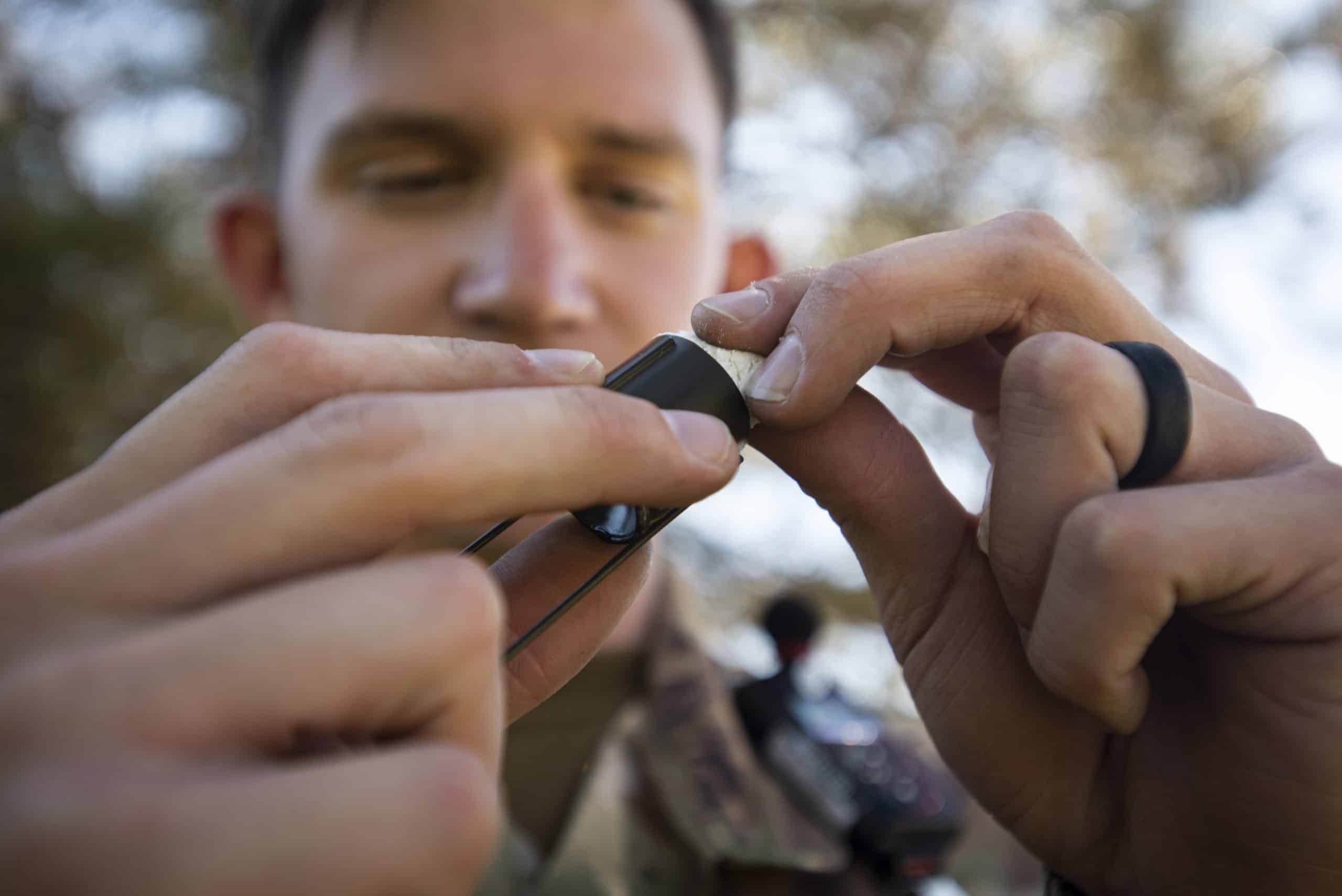
- Description: C-4 is a plastic explosive that can be molded, shaped, and attached to different surfaces to create carefully customized blasts for military applications.
- TNT Equivalent: 134%
- Detonation Velocity: 8,000 m/s
- Uses: Military applications like breaching operations, demolitions, and field engineering projects.
- Misuses: Terrorists in a small boat used C-4 to stage a suicide attack on the USS Cole in Yemen in 2000, killing 17 sailors and significantly damaging the ship.
4. RDX (Hexogen, Cyclonite)
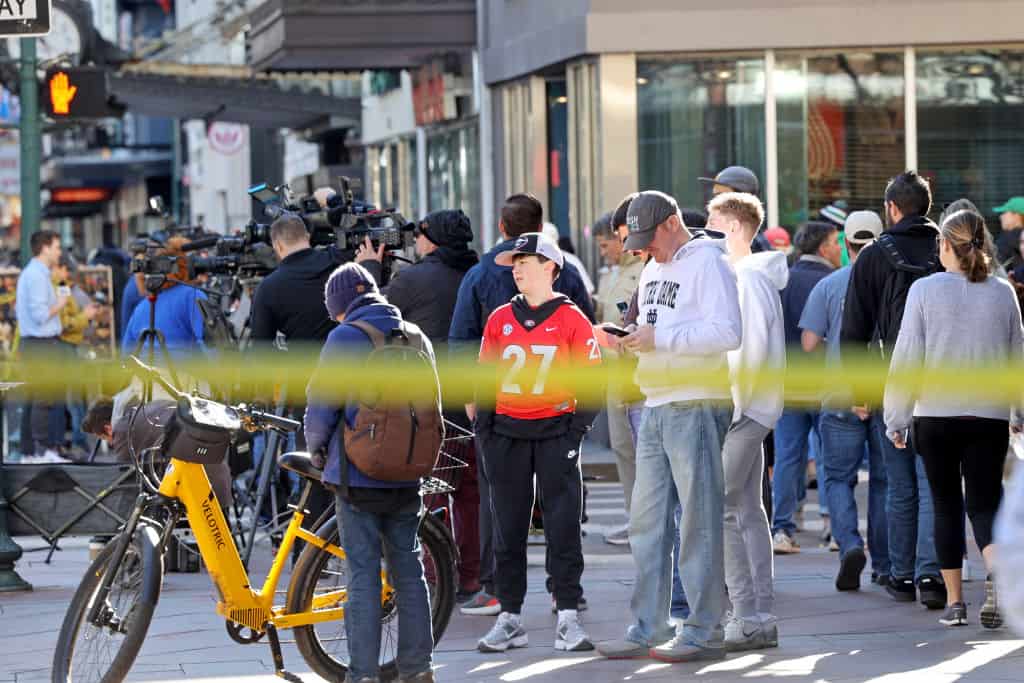
- Description: This is a white, odorless compound that is stable and highly explosive. It is often mixed with other explosives.
- TNT Equivalent: 159%
- Detonation Velocity: 8,550 m/s
- Uses: RDX was used extensively in World War II and is still commonly used by the military.
- Note: In a New Year’s Day attack in New Orleans, a terrorist killed 15 people by hitting them with a rented truck. Fortunately, the improvised bombs he built using RDX failed to detonate, or authorities said hundreds could have been killed.
3. Nitroglycerin
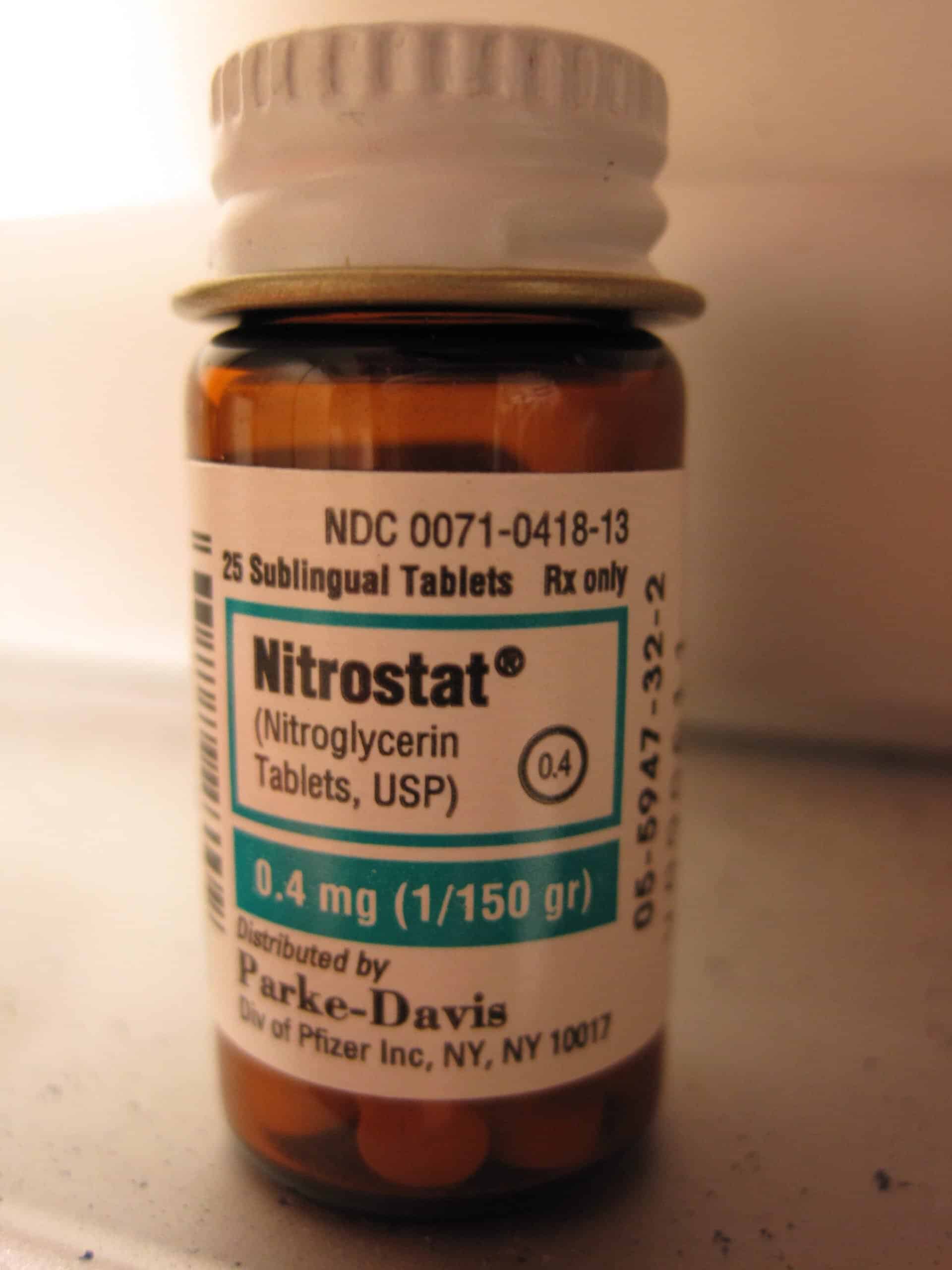
- Description: This is a powerful explosive that, as a concentrated oily liquid, is very sensitive to shock and temperature and must be stabilized with other substances to make it safe to handle and use for controlled explosions.
- TNT Equivalent: 160%
- Detonation Velocity: 6,000-8,000 m/s
- Uses: Widely used as a component of dynamite and other explosives. It is also used as a medicine for people with heart conditions, helping to improve blood flow to the heart. As a medicine, nitroglycerine is so diluted it is not explosive.
- Misuses: In the 19th century there were numerous accidents involving nitroglycerin that was improperly secured during transportation. In 1979 a high school student died when nitroglycerine he had synthesized in a lab blew up in his pocket. Patients who do not cycle on and off nitroglycerine heart medication under a doctor’s supervision can weaken their heart and increase the risk of a heart attack.
2. Pentaerythritol Tetranitrate (PETN)
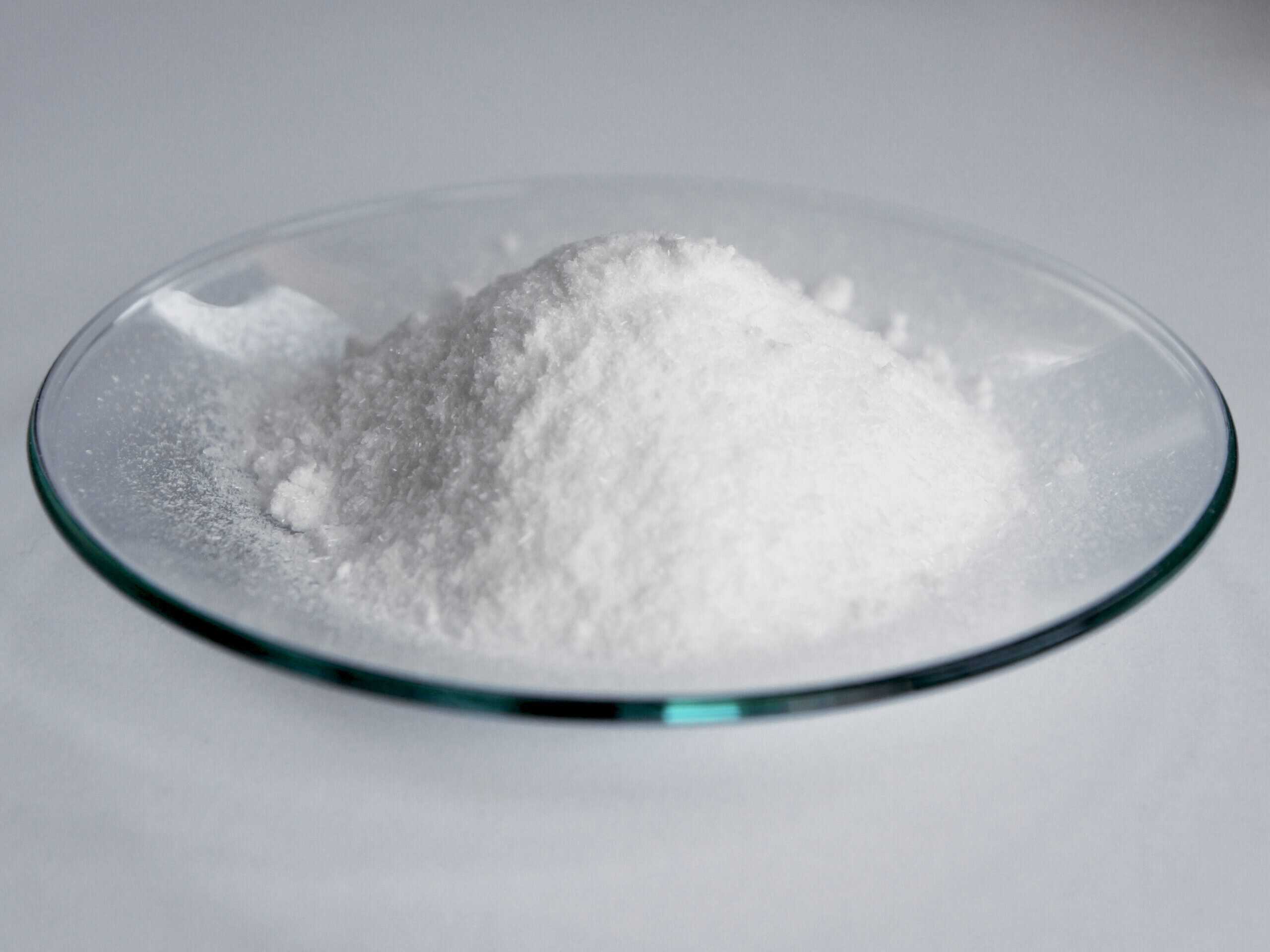
- Description: This explosive is often used as a secondary explosive set off by a detonator. It is used as a component of plastic explosives.
- TNT Equivalent: 166%
- Detonation Velocity: 8,400 m/s
- Uses: This is a common high explosive used by the military and for demolition projects.
- Note: 307 U.S. Marines were killed in Beirut in 1983 when terrorists detonated a truck bomb filled with PETN at a Marine barracks.
1. Azidoazide Azide
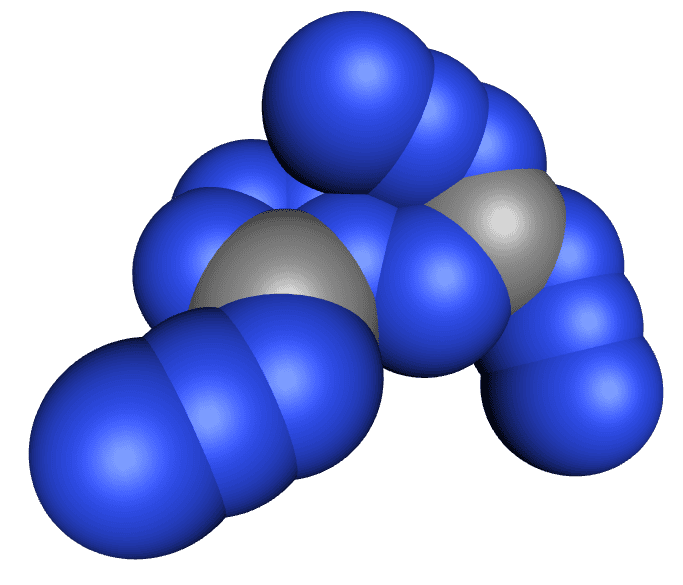
- Description: Discovered in 2011, the compound 1-diazidocarbamoyl-5-azidotetrazole has been nicknamed “Azidoazide Azide.” It is a very sensitive, unstable compound that can explode when exposed to light or touched. This makes its properties difficult to measure, but some experts believe this may be the most explosive substance ever created.
- TNT Equivalent: Has not been established due to measurement difficulties.
- Detonation Velocity: Estimated at 8,960 m/s
- Uses: For now it is only a research chemical as it is too reactive to be useful in industrial or military applications.
- Misuses: This one will be difficult to use for nefarious purposes. In the words of Chemistry World columnist Derek Lowe, “The whole thing is trembling on the verge of not existing at all. And if you are minded to make some yourself, then you are on the verge of not existing at all, either.”
Take Charge of Your Retirement In Just A Few Minutes (Sponsor)
Retirement planning doesn’t have to feel overwhelming. The key is finding expert guidance—and SmartAsset’s simple quiz makes it easier than ever for you to connect with a vetted financial advisor.
Here’s how it works:
- Answer a Few Simple Questions. Tell us a bit about your goals and preferences—it only takes a few minutes!
- Get Matched with Vetted Advisors Our smart tool matches you with up to three pre-screened, vetted advisors who serve your area and are held to a fiduciary standard to act in your best interests. Click here to begin
- Choose Your Fit Review their profiles, schedule an introductory call (or meet in person), and select the advisor who feel is right for you.
Why wait? Start building the retirement you’ve always dreamed of. Click here to get started today!
Thank you for reading! Have some feedback for us?
Contact the 24/7 Wall St. editorial team.



